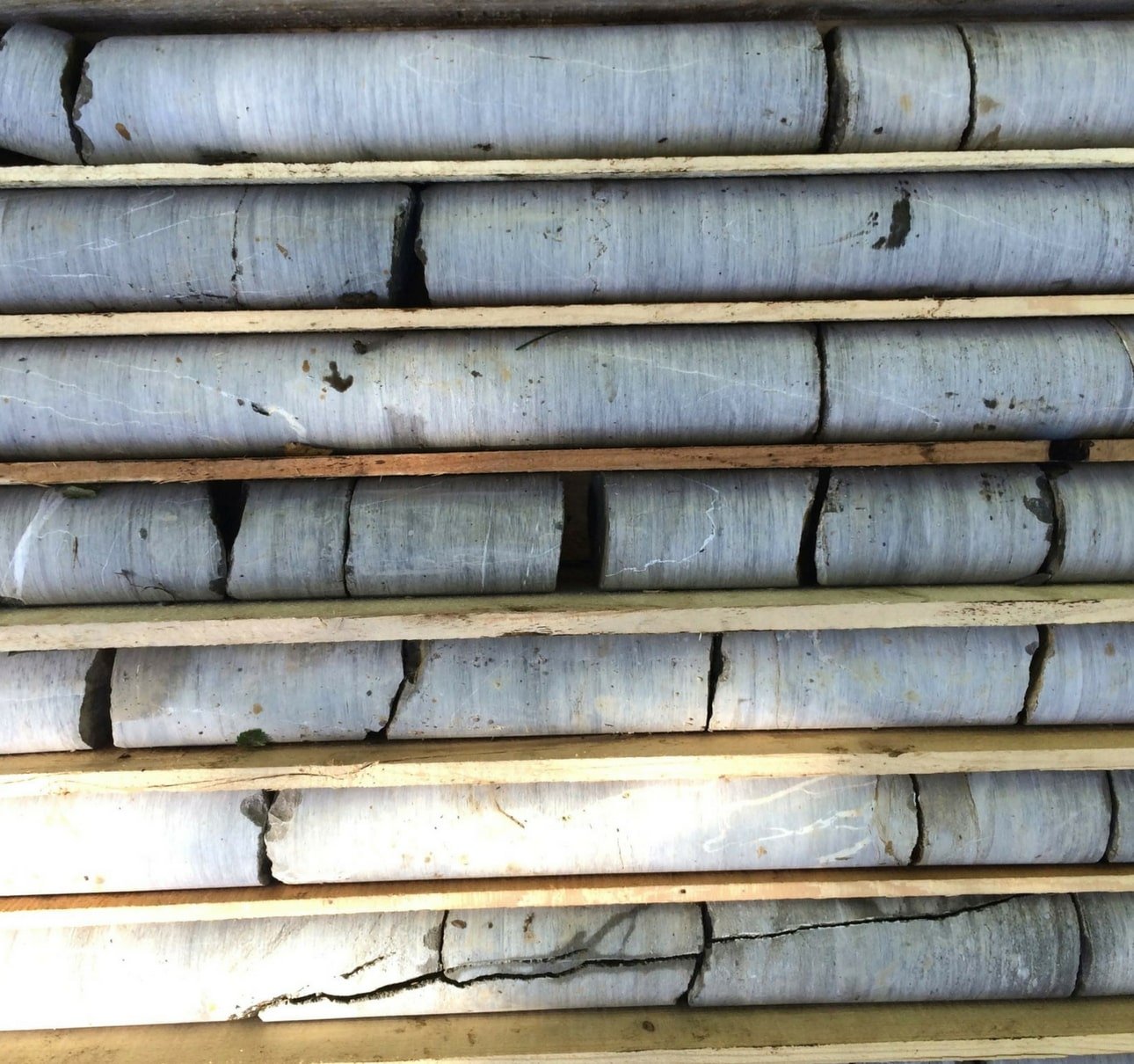How to determine number and depth of exploration boreholes?
Number and depth of exploration boreholes
Like we have written in previous blogs, exploration works, geotechnical exploration works are an important part of each project. Unquality and unprofessional exploration works can lead to structural damage and costly and difficult remediation.
The position and depth of exploration and investigation has to be selected based on previously conducted exploration such as geological conditions, structure dimensions and the character of the engineering problem, foundation depth etc.
When the depth and position of exploration is selected one has to comply with the following guidelines:
• Points of exploration have to be distributed in such a way that foundation soil layering can be determined across the location
• Points of exploration for a building or structure have to be positioned on critical point of the structure in relationship to shape, behaviour and expected load transfer of the structure
• For route structures, points of exploration have to be distributed on appropriate distances from the central line, depending on a total width of structure such as width of embankment or width of a cut
• For structures on slopes and cuts (including excavations) or in their vicinity, points of exploration have to also be distributed outside the design area and positioned so that the slope or excavation stability can be determined; if anchors are foressen one has to take into account probable stresses in the vicinity of their load transfer area
• Points of exploration have to be distributed so that they pose no danger for structures, construction works or the environment
• The considered area has to strech in to the neighboring location. The length has to cover the expected negative influence in that location.
• For points of underground water measurement, one has to take into account the possibility of usage, after the initial positioning, for continuance of measurement during and after construction.
If the conditions in the foundation soil are relatively equal or it is known that the foundation soil has satisfying stiffness and strength, less exploration point can be foreseen or they can be on bigger distances. In any case, that kind of selection has to be justified by experience.
If structures are built on layers that satisfy stiffness and strength, depth of exploration can be reduced to za = 2,0 m, unless equal geological conditions when at least one borehole should reach the depth of za = 5,0 m. If the bedrock is located on a depth that matches the foreseen base of the structure, that depth has to be taken as a referent point za. Otherwise za is reffered to the solid bedrock.
For buildings or engineering structures the higher value of the following conditions has to be adopted:
• za ≥ 6,0 m
• za ≥ 3,0 bF
where bF is the length of the shorter side of the foundation

For a foundation slab and structures with several foundation elements whose influences are added in deeper layers:
• za ≥ 1,5 bB
where bB is the length of the shorter side of the structure.

For embankments and cuts the higher value of following conditions has to be adopted.
For embankments:
• 0,8 h < za < 1,2 h
• za ≥ 6,0 m
where h is the height of the embankment.

For cuts:
• za ≥ 2,0 m
• za ≥ 0,4 h
where h is the depth of the cut.

For route structures the higher value of following conditions has to be adopted:

For roads and airstrips:
• za ≥ 2,0 m beneath the foreseen level of construction
For pipline trenches, higher of following values:
• za ≥ 2,0 m beneath the trench
• za ≥ 1,5 bAh
where bAh is the width of excavation.
For piles following three conditions have to be satisfied:
• za ≥ 5,0 m
• za ≥ 1,0 bg
• za ≥ 1,0 DF
where DF is the diameter of the base of the piles and bg the shorter side of the rectangle that includes the pile group on the base of the piles.


